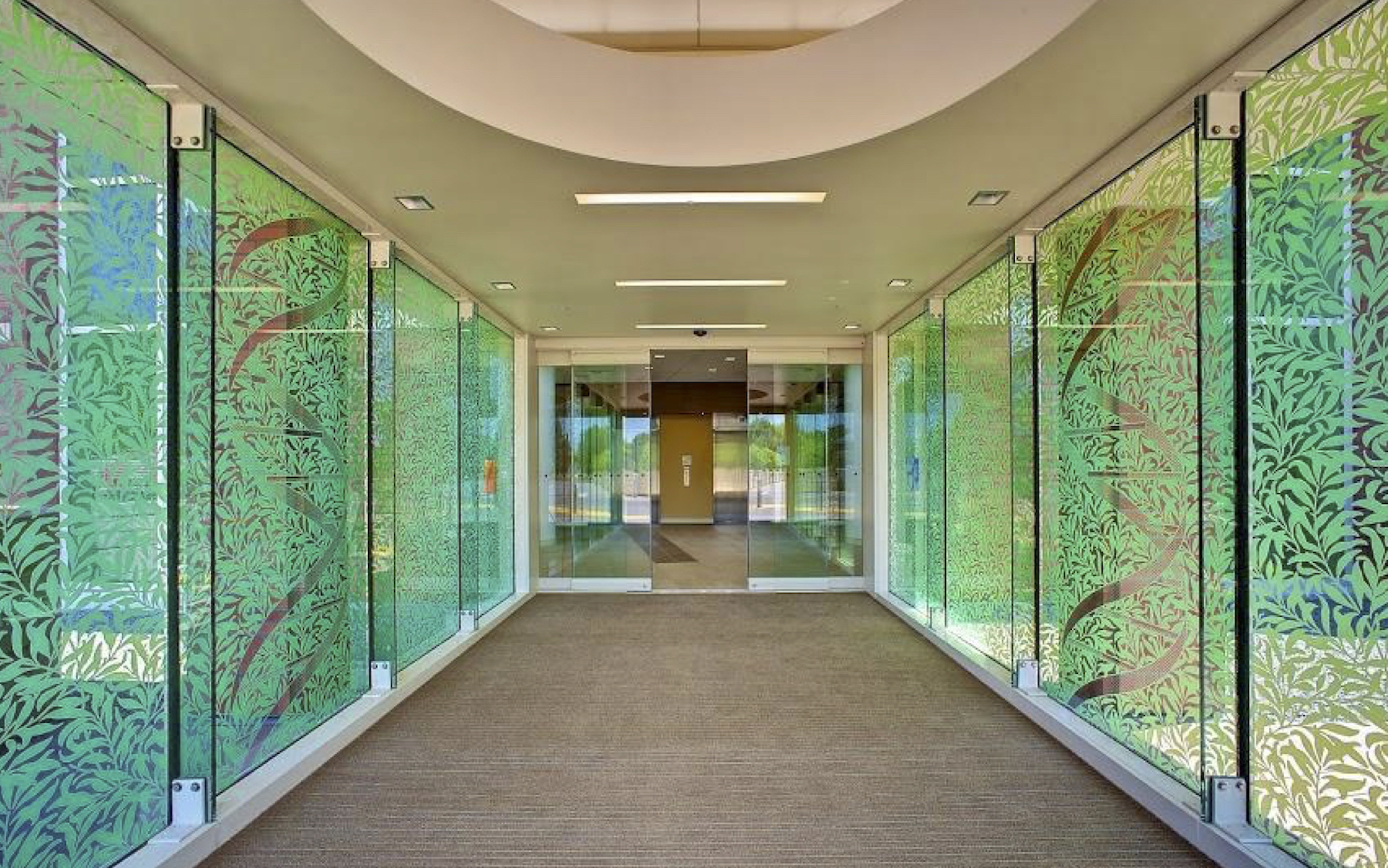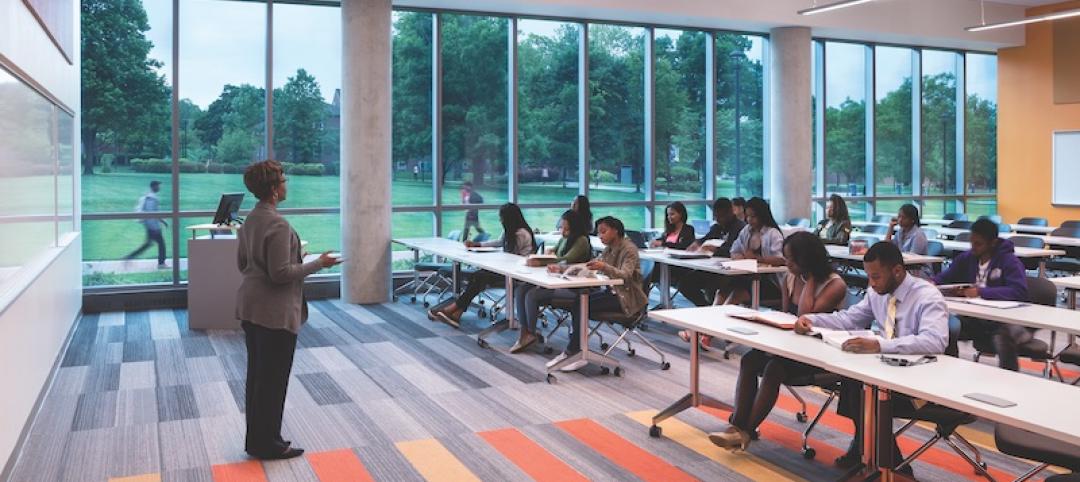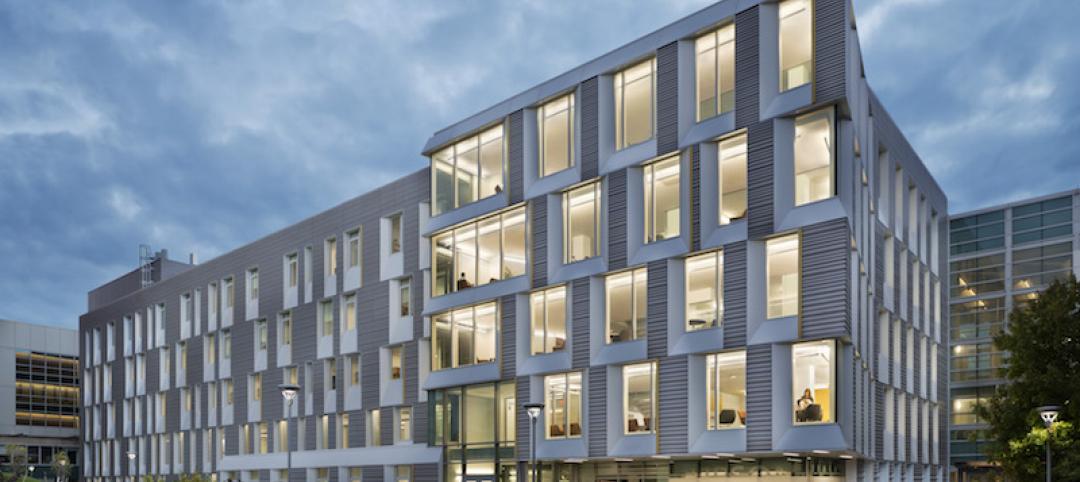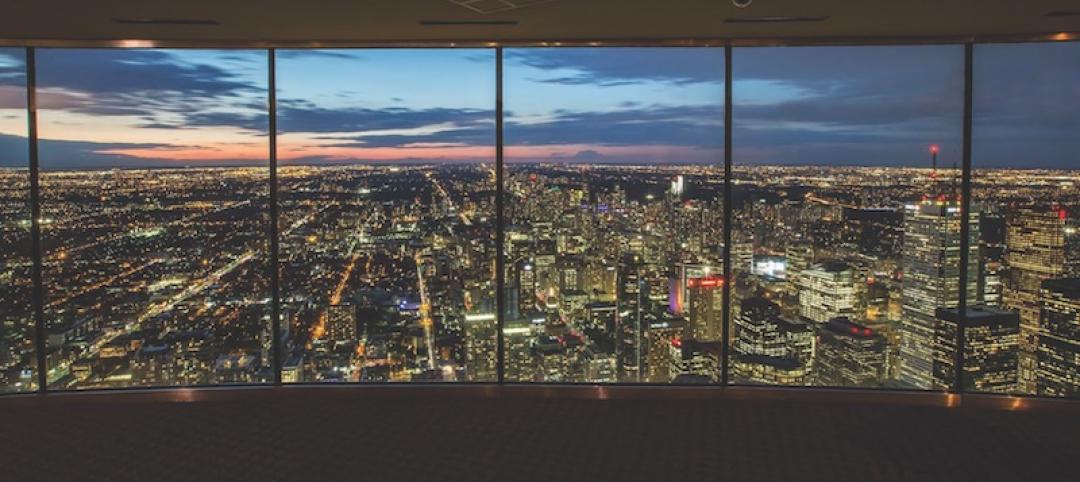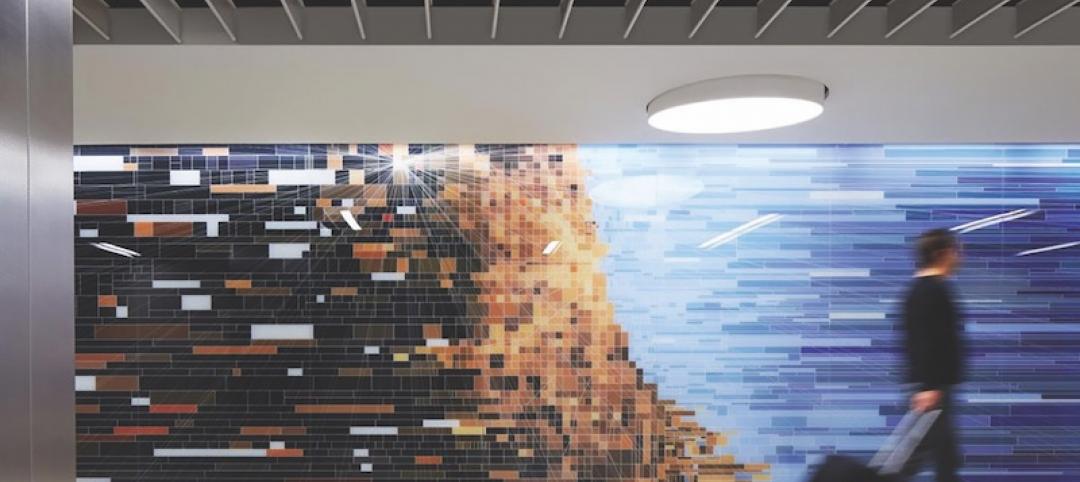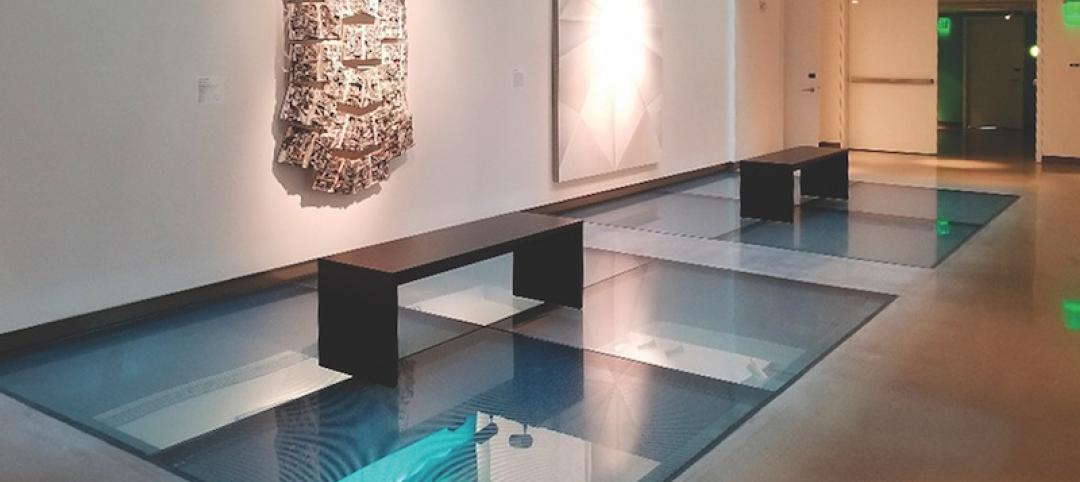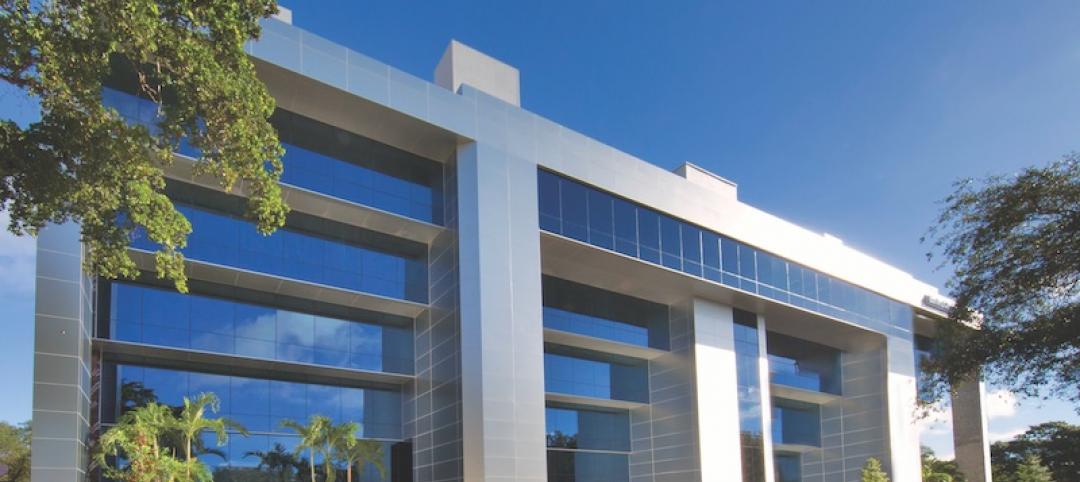In the world of fine art, a master painter begins with canvas selection. A linen canvas is nearly always selected over cotton because nothing delivers the artist’s authentic vision quite like linen.
Similarly, with glass.
While it’s true glass manufacturers have made remarkable strides in recent years across a broad front, including energy efficiency, there remains major divisions in the way glass manufacturers approach clarity and light transmission.
We’re talking, of course, about conventional clear glass and low-iron glass.
Less Green, More Clarity
The metaphor of cotton and linen canvas is apt in glass conversations. As good as today’s conventional “clear” glass is, it falls significantly short of low-iron glass’s highest potential clarity (87 percent less green tint) and generous 91 VLT (visible light transmission) rating.
In fact, there is no industry standard specification criteria for “clear” glass, the clarity of which can vary broadly between batches and manufacturers.
Small wonder low-iron glass is the glass of choice for interiors and exteriors across a wide array of iconic structures, including the Amazon Spheres, Bullitt Center, Fallingwater, Calgary Central Library, UCSD Jacobs Medical Center, among many other projects worldwide.
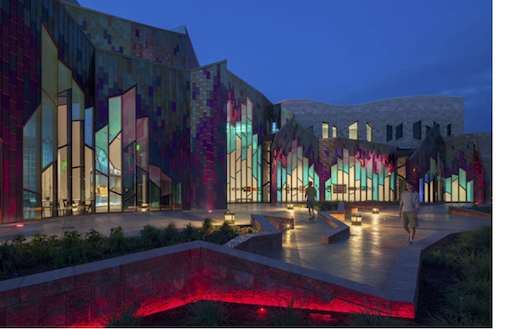 Extreme Neutrality as Aesthetic
Extreme Neutrality as Aesthetic
Historically, the purest low-iron glasses have been prized for their ability to step away from the limelight (literally, as it turns out) and showcase daylight and exterior views. “The clarity of the glass allows for it to appear invisible, a feature [Frank Lloyd] Wright admired,” explains Scott W. Perkins, director of preservation and collections for Fallingwater. Wright specified one of the industry’s pioneering low-iron glasses in his original specification for his iconic house.
However, the extreme neutrality of low-iron glass is increasingly in demand for decorative interior design applications. Its minimal green and pure clarity provides a truly neutral substrate for dynamic patterns, colorful designs and more.
Bernard Lax agrees. Lax, founder and head of Pulp Studio, a widely respected fabricator of decorative glass, says his team always specifies low-iron glass “… for projects where the aesthetic is the driving force to maintain color neutrality.”
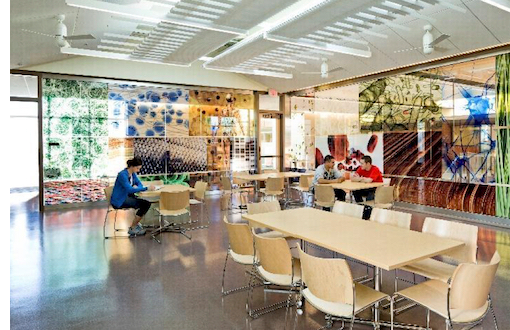 Five Decorative Applications
Five Decorative Applications
Low-iron glass is increasingly specified for decorative features, doors and partitions, stairs and handrails, shower and bath enclosures, kitchens and backsplashes, security cases and displays, entrances and storefronts, and anywhere maximum color fidelity enhances artistry. Starphire Ultra-Clear® Glass by Vitro Architectural Glass is the design industry’s de facto low-iron standard, distinguished by its distinctive blue beveled edge and proprietary low-iron formula.
- Dichroic Glass. Dichroic is an effect that creates brilliant color shifts and movement within a single lite of glass. Effects can be enhanced by using textured glass as one or more of the lites or muted with acid-etching. Dichroic glass is known for its chameleon-like effects, where the glass’s transmitted and reflected colors can appear different.
- Digital Ceramic Printing. An image is printed directly on glass. Virtually any full-color design is printable on low-iron glass.
- Acid-Etched Glass. Offers a surface finish that diffuses transmitted light and reduces glare with a frosted appearance, often in a pattern. It is ideal for dividing walls, wall coverings, office partitions, shower and bath enclosures, floors, stairs and railings and doors. Acid-etching also is frequently used to create artistic patterns and in bird-friendly glass, which is increasingly in demand as many municipalities pass legislation requiring bird-friendly building design.
- Ceramic Frit. A permanent, opaque coating that is fired into the glass, it offers pattern art ranging from simple shapes and gradients to intricate designs. Combine ceramic frit with coatings, tints, and reflected glass. Ceramic frit is frequently used in spandrel glass.
- Other Applications. Polished edge glass and laminated glass with tinted or patterned polyvinyl butyral interlayers offer additional decorative options.
When the project calls for a superior canvas of glass for dynamic design ideas, make low-iron glass a primary consideration. Request a sample of patented Starphire Ultra-Clear® Glass and experience the difference for yourself.
Related Stories
Glass and Glazing | Nov 20, 2017
Smart glass maximizes comfort at Bowie State University
By blocking sunlight on hot days, the electrochromic glass will help reduce energy demand in the building.
University Buildings | Nov 6, 2017
A reconstructed building sets the standard for future rehabs at Cornell
Early AE collaboration played a major role in moving this project forward efficiently.
Glass and Glazing | Oct 13, 2017
Toronto’s CN Tower improves views with floor-to-ceiling dynamic glass windows
The glass darkens in proportion to the sun’s intensity to produce a reduction of heat and glare inside the building.
Glass and Glazing | Oct 12, 2017
Glass installation depicts Chicago landscape at O’Hare Terminal 5 expansion
The art was inspired by NASA satellite imagery.
Fire-Rated Products | Aug 15, 2017
Walking on glass: Clear floor system offers largest two-hour fire- resistive panels
The system uses the largest tested and listed individual glass panels for two-hour fire-resistive glass floor applications.
Sponsored | Glass and Glazing | Jun 21, 2017
Hurricane resistant, energy-efficient Viracon Glass turns Florida office building into modern business destination
VUE-30 not only transformed the drab 40-year-old Emerald Hills office building into a modern marvel, but enhanced the energy efficiency of the building.
Sponsored | Fire-Rated Products | Jun 13, 2017
Fire resistive glass floors make a dramatic statement in Nashville’s historic neighborhood
SAFTI FIRST supplied a single glass unit comprised of non-slip rated Starphire tempered laminated Glass with 1/8” Non-Skid White Dots from Oldcastle insulated to custom SuperLite II-XL fire resistive glazing.
| Jun 13, 2017
Accelerate Live! talk: Work in progress—How the office environment drives innovation, SageGlass (sponsored)
SageGlass CEO Dr. Alan McLenaghan reviews how biophilic design and new technologies, such as dynamic glass, create a greater connection between the built and natural environments in the office.
| Jun 13, 2017
Accelerate Live! talk: Next-gen materials for the built environment, Blaine Brownell, Transmaterial
Architect and materials guru Blaine Brownell reveals emerging trends and applications that are transforming the technological capacity, environmental performance, and design potential of architecture.


